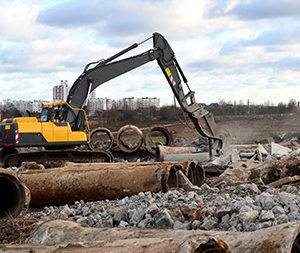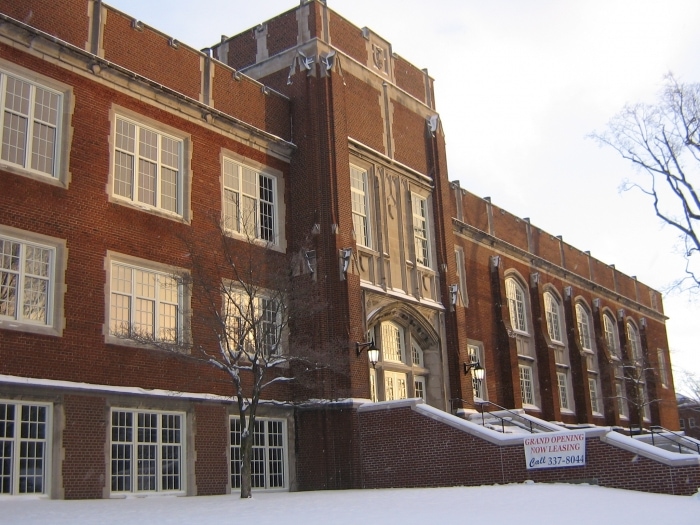commercial and industrial adaptive reuse
Adaptive reuse construction creates what you need when your perfect location doesn’t have the perfect facility. Instead of knocking down an older or unsuitable building, our in-house team helps you reuse historical architecture with the added benefit of modern energy-efficient components and durable materials.
Modifying, remodeling, and otherwise updating an existing facility for your business requires a careful hand and decades of knowledge.
MGM Construction serves Erie County, Pennsylvania and the surrounding areas with experienced adaptive reuse construction. Working for decades with local building codes and regulations gives us the knowledge you want leading your project.

Whether you’re going for the charm of an older era with updated amenities or a truly unique hybrid building filled with technology, our team has you covered.
Working with MGM Construction
Our team enjoys the challenge of balancing the need to meet modern building codes and efficiency standards with old and historic building’s style and grace. You may be facing several challenges on your project, however, and we’re here to help you.

Parkside Commons
Parkside Commons in Meadville, Pennsylvania is a great example of both adaptive reuse construction and historical institution construction and renovation.

The MGM Construction team is here to handle issue like
Structural Integrity and Safety:
- Ensuring the existing structure can support new uses
- Identifying and addressing damage or deterioration
Compliance with Modern Codes and Standards:
- Updating buildings to meet current building codes, safety regulations, and accessibility standards, including grandfathering in where applicable
- Navigating differing requirements between historical building preservation standards and modern building codes
Preservation of Historical Features:
- Balancing unique architectural and historical features with modern functionality
- Working with preservation societies and local authorities
Environmental and Health Hazards:
- Managing and mitigating hazardous materials such as asbestos and lead paint
- Ensuring safe removal and disposal of hazardous materials
Unforeseen Conditions and Surprises:
- Discovering hidden issues during renovation
- Adjusting project plans and budgets to address surprises
Utility Upgrades:
- Upgrading outdated electrical, plumbing, and HVAC systems
- Integrating new technology and systems into the existing structure
Design and Functional Challenges:
- Adapting the building’s layout to suit new purposes
- Ensuring the new design is functional and aesthetically pleasing
Cost Management:
- Controlling costs, as adaptive reuse projects can sometimes be more expensive
- Managing financial risks associated with potential delays and unexpected challenges
Stakeholder Coordination:
- Coordinating with preservationists, local authorities, and the community
- Managing differing expectations and requirements
Sustainability Considerations:
- Implementing sustainable practices and using quality building materials
- Balancing sustainability goals with your existing structure
